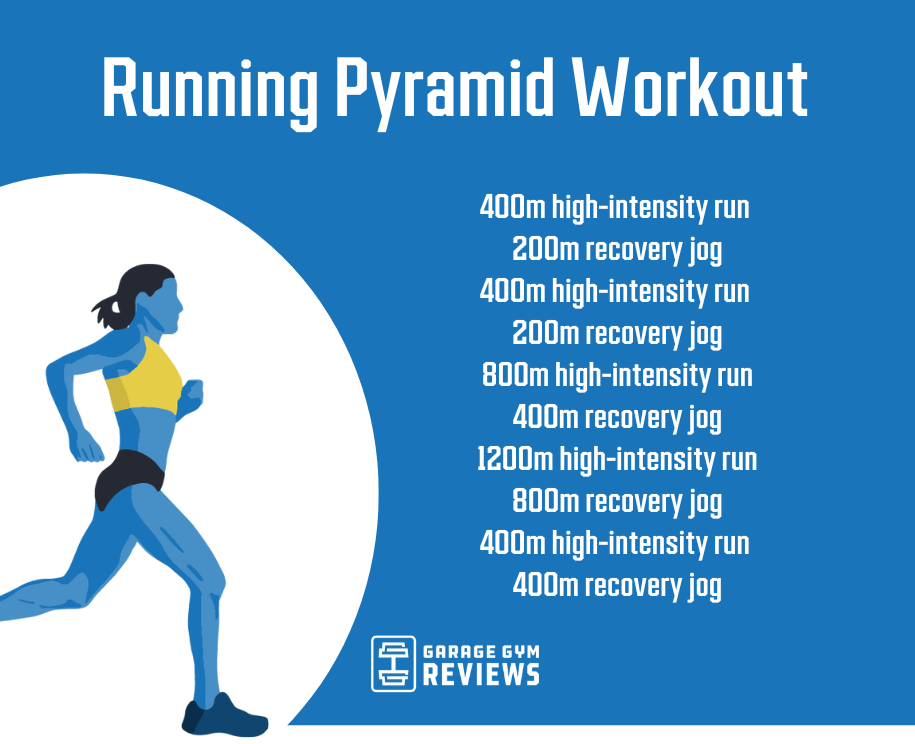Turbocharge Your Runs: Open Your Possible with Strategic Running Workouts
Turbocharge Your Runs: Open Your Possible with Strategic Running Workouts
Blog Article
Managing Usual Running Pains: Causes, Solutions, and Prevention
As runners, we commonly run into various discomforts that can prevent our efficiency and enjoyment of this physical activity. From the incapacitating discomfort of shin splints to the bothersome IT band disorder, these typical operating discomforts can be frustrating and demotivating. Understanding the causes behind these conditions is important in successfully resolving them. By checking out the origin factors for these operating pains, we can uncover targeted options and safety nets to make sure a smoother and a lot more satisfying running experience (look at this site).
Common Running Discomfort: Shin Splints
Shin splints, a common running pain, usually arise from overuse or inappropriate shoes throughout exercise. This condition, medically called medial tibial tension syndrome, shows up as discomfort along the internal edge of the shinbone (tibia) and is common among athletes and joggers. The recurring anxiety on the shinbone and the tissues attaching the muscles to the bone leads to swelling and discomfort. Joggers who rapidly raise the strength or duration of their workouts, or those that have flat feet or improper running strategies, are specifically prone to shin splints.
To prevent shin splints, individuals should gradually enhance the intensity of their exercises, put on ideal shoes with correct arch assistance, and keep flexibility and strength in the muscles surrounding the shin (running workout). Additionally, integrating low-impact activities like swimming or cycling can help maintain cardiovascular fitness while allowing the shins to heal.
Common Running Discomfort: IT Band Syndrome
Along with shin splints, an additional widespread running discomfort that professional athletes commonly come across is IT Band Disorder, a condition caused by swelling of the iliotibial band that leaves the external upper leg and knee. IT Band Disorder normally manifests as pain on the outside of the knee, specifically throughout tasks like running or biking. The iliotibial band is a thick band of fascia that attaches the aware of the shin, and when it ends up being inflamed or limited, it can massage against the thigh bone, leading to pain and pain.
Runners experiencing IT Band Disorder might discover a painful or aching feeling on the external knee, which can worsen with ongoing activity. Aspects such as overuse, muscular tissue discrepancies, incorrect running form, or insufficient workout can contribute to the advancement of this problem.
Common Running Pain: Plantar Fasciitis

Plantar Fasciitis can be attributed to different elements such as overtraining, inappropriate shoes, working on hard surfaces, or having high arches or flat feet. To prevent and minimize Plantar Fasciitis, runners can integrate stretching exercises for the calves and plantar fascia, use helpful footwear, preserve a healthy weight to decrease strain on the feet, and gradually enhance running intensity to avoid unexpected anxiety on the plantar fascia. If signs continue, it is recommended to seek advice from a health care expert for appropriate diagnosis and treatment alternatives to resolve the problem properly.
Usual Running Pain: Runner's Knee
After dealing with the challenges of this is where I read it Plantar Fasciitis, an additional widespread issue that joggers usually encounter is Runner's Knee, a common running discomfort that can prevent athletic performance and create discomfort during physical task. Jogger's Knee, additionally understood as patellofemoral pain disorder, materializes as pain around or behind the kneecap. This problem is commonly associated to overuse, muscle inequalities, incorrect running techniques, or troubles with the positioning of the kneecap. Runners experiencing this discomfort may really feel a boring, hurting pain while running, going up or down stairways, or after long term durations of resting. To avoid Jogger's Knee, it is vital to integrate correct warm-up and cool-down regimens, preserve solid and balanced leg muscular tissues, use appropriate shoes, and gradually boost running strength. If signs linger, seeking suggestions from a medical care professional or a sporting activities medicine expert is advised to diagnose the underlying reason and develop a tailored therapy strategy to minimize the discomfort and avoid additional difficulties.
Typical Running Discomfort: Achilles Tendonitis
Generally afflicting runners, Achilles Tendonitis is an excruciating condition that affects the Achilles tendon, triggering pain and possible constraints in exercise. The Achilles tendon is a thick band of tissue that connects the calf muscles to the heel bone, essential for activities like running, jumping, and walking - my site. Achilles Tendonitis typically establishes as a result of overuse, improper footwear, inadequate stretching, or unexpected boosts in physical task
Signs of Achilles Tendonitis include discomfort and rigidity along the tendon, especially in the morning or after durations of inactivity, swelling that intensifies with activity, and perhaps bone stimulates in chronic situations. To prevent Achilles Tendonitis, it is necessary to extend correctly before and after running, put on proper footwear with correct support, gradually raise the strength of exercise, and cross-train to lower repeated stress on the ligament.
Verdict

Report this page